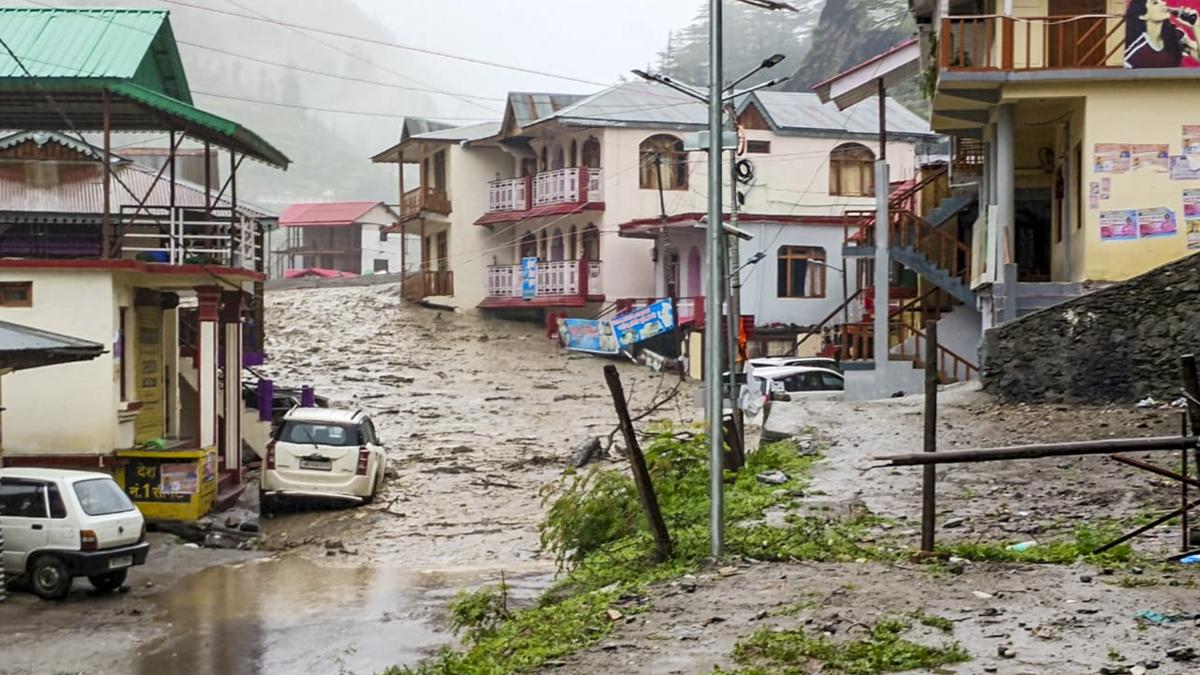Now Reading: Uttarkashi Cloudburst: PM Modi, Amit Shah, Rajnath Extend Support to CM Dhami
-
01
Uttarkashi Cloudburst: PM Modi, Amit Shah, Rajnath Extend Support to CM Dhami
Uttarkashi Cloudburst: PM Modi, Amit Shah, Rajnath Extend Support to CM Dhami

Fast Summary
- A cloudburst in the Dharali area of Uttarkashi district, Uttarakhand, on August 5, 2025, caused devastating flash floods.
- At least four people have died, and several remain feared missing. Many houses were swept away by the floods.
- Prime Minister Narendra Modi expressed condolences and assured the Uttarakhand government of full central support in rescue operations.
- Union Home Minister Amit Shah confirmed that three ITBP teams and four NDRF teams are being deployed for rescue operations at the affected site.
- Defence Minister Rajnath Singh called the visuals from Uttarkashi “disturbing” and commented on collaborative efforts between Center and State authorities to save lives.
Indian Opinion Analysis
The tragic loss of life and property due to flash floods in Dharali underscores recurring vulnerabilities faced by high-altitude villages in Uttarakhand during extreme weather events like cloudbursts. Immediate responses from national leaders signal coordinated emergency efforts through ITBP and NDRF deployments-a critical step given these regions’ challenging terrain where timely intervention is often lifesaving.
From a broader outlook, such events highlight an urgent need for improved disaster preparedness infrastructure tailored to extreme climatic conditions inherent to Himalayan states. While immediate relief operations address current needs post-disaster, long-term strategies focusing on resilient housing structures, forecasting systems for cloudbursts, and enduring progress may help reduce risks dramatically.
Measures ensuring greater coordination between state bodies like SDRF (State Disaster Response Force) with central agencies can further bring efficiency during emergencies-the testimonies today indicating potentially meaningful collaborative action already underway.
























